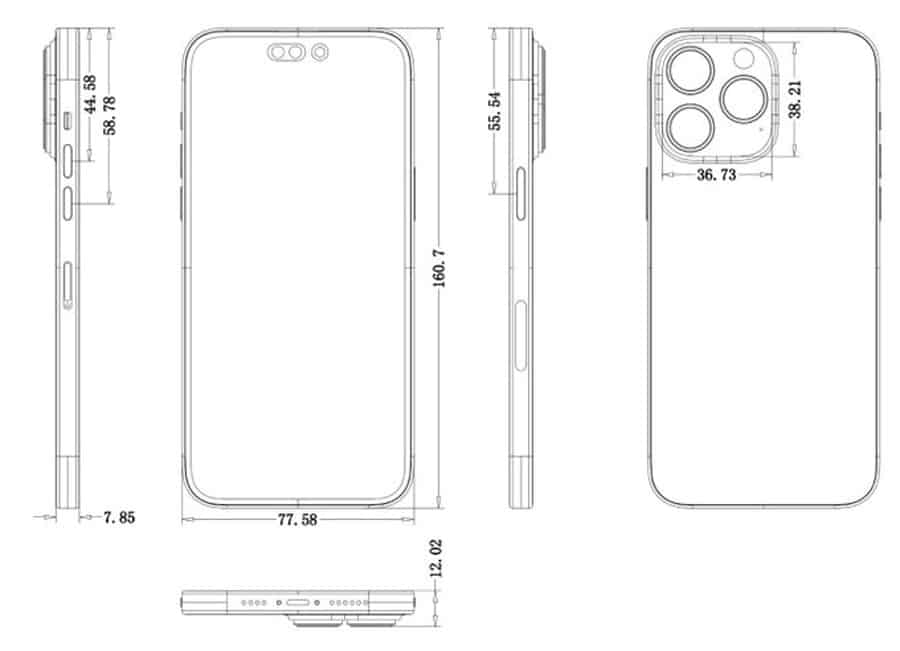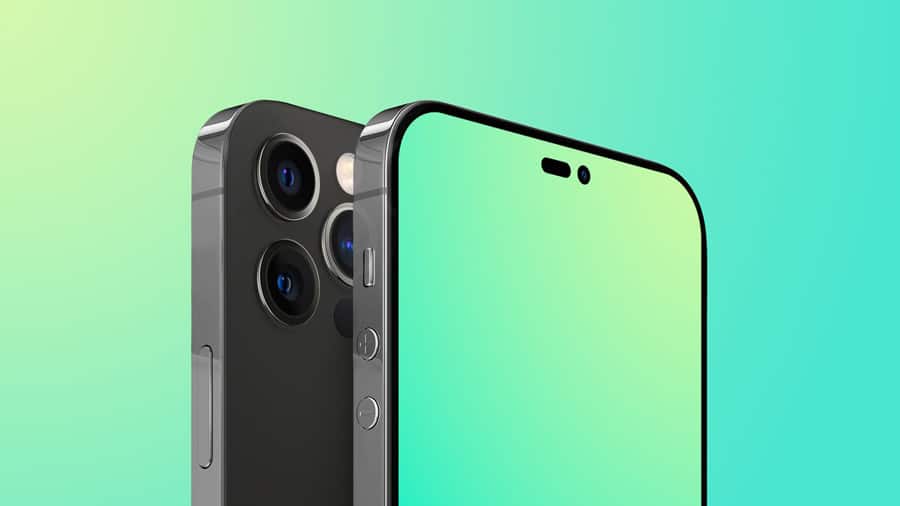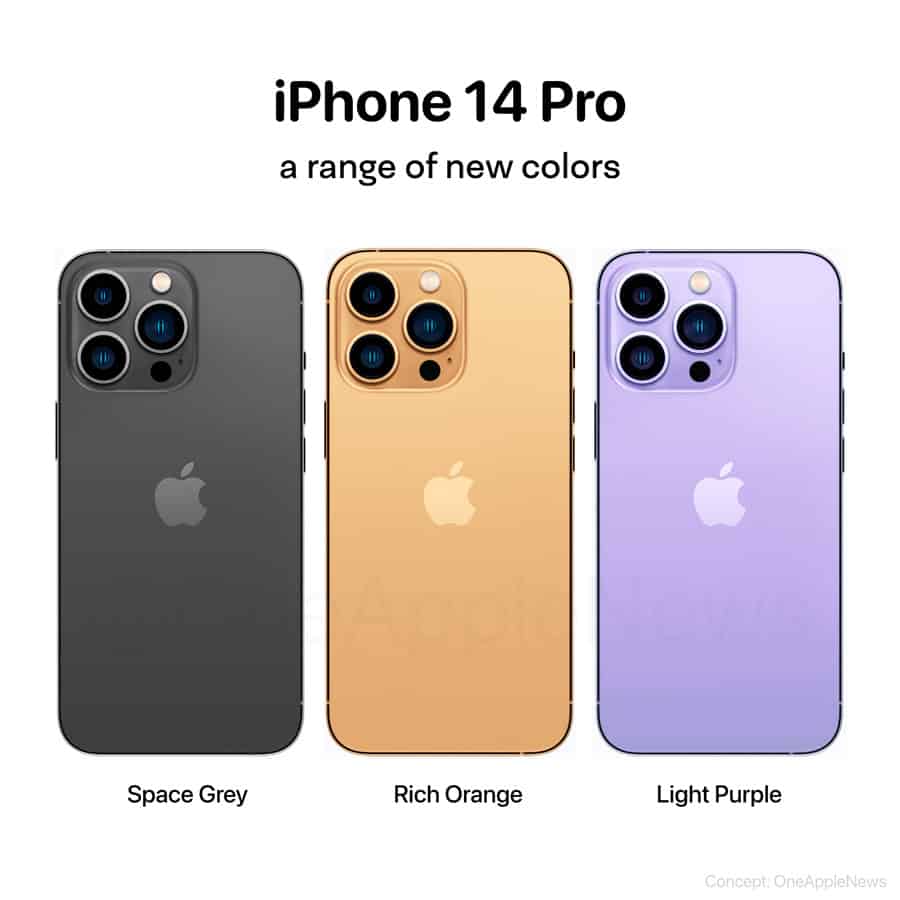iPhone 14 – What we know so far

Table of Contents
The introduction of the iPhone SE 3 earlier this year was followed by news of iOS 16 at WWDC. However, in line with its regular cycle, Apple has saved the best for last. It’s now preparing to release several new devices, including the iPhone 14 series. This article will delve further into the facts and rumors surrounding the iPhone 14.

The expected models of iPhone 14
Recent sources state that suppliers to Apple have begun delivering components for the iPhone 14 to companies for final assembly. This suggests that the new iPhone will be available for purchase when September rolls around.
Prime Day may have closed its doors, but that hasn't stopped great deals from landing on the web's biggest online retailer. Here are all the best last chance savings from this year's Prime event.
- Sapphire Pulse AMD Radeon™ RX 9070 XT Was $779 Now $719
- AMD Ryzen 7 7800X3D Processor Was $449 Now $341
- Skytech King 95 Ryzen 7 9800X3D gaming PC Was $2,899 Now $2,599
- LG 77-Inch Class OLED C5 TV Was $3,696 Now $2,996
- AOC Laptop Computer 16GB RAM 512GB SSD Was $360.99 Now $306.84
- Lexar 2TB NM1090 w/HeatSink SSD Was $281.97 Now $214.98
- Apple Watch Series 10 GPS+ Smartwatch Was $499.99 Now $379.99
- AMD Ryzen 9 5950X processor Was $3199.99 Now $279.99
- Garmin vívoactive 5 Smartwatch Was $299.99 Now $190
*Prices and savings subject to change. Click through to get the current prices.
Apple is discontinuing the 5.4-inch iPhone mini because it was not well received by users. Plus, Apple intends to concentrate on larger iPhone sizes for its flagship products after experiencing disappointing sales of the iPhone mini.
According to reports, there will be four different sizes of the iPhone 14: a 6.1-inch standard version, a 6.7-inch Max, a 6.1-inch Pro, and a 6.7-inch Pro Max.
Let’s discuss the new additions and modifications that Apple is making to the upcoming versions of the iPhone.
What are the new features of the iPhone 14?
We have a lot of information about what to expect from the iPhone 14, but these modifications could also apply to the more expensive models in the upcoming series.
According to reports, there will be some substantial design differences between the iPhone 14 Pro models and the standard iPhone 14 models since Apple is upgrading the Face ID camera.
The notch and chassis

Looking at the new iPhone’s notch design reveals the first design difference. According to display analyst Ross Young, the iPhone 14 Pro variants have two display cuts rather than a notch.
The Face ID dot projector and other Face ID parts will be housed in a pill-shaped cutout, and the front-facing camera will be located in a separate circular cutout.
The traditional notch design seen in the previous iPhone versions is anticipated to return in the cheaper versions.
An enhancement over the stainless-steel chassis used for the iPhone 13 Pro would be a titanium chassis for the iPhone 14 Pro models. Also, titanium would set the iPhone 14 Pro apart from other iPhone 14 models with aluminum chassis.
The 120Hz screen
The iPhone 14 Pro versions will still support the 120Hz ProMotion display technology, and speculation indicates that ProMotion will probably still only be available on more premium iPhone models. The possibility of all models receiving a 120Hz screen is still debatable.
As expected, and according to many iPhone 14 rumors, new display features will also be present. The iOS 16 Lock Screen widget feature will operate with the always-on display. Owners of the iPhone 14 Pro and Pro Max will be able to view data without waking the iPhone’s display too. Check out this article for more info about iOS 16.
Camera improvements
The least we can hope for with the iPhone 14 series is a camera improvement. Apple has promised a 48-megapixel camera and 8K video recording capabilities for the pricey models.
Improved telephoto lenses and a better ultra-wide camera are also possible enhancements to the device. But the 48-megapixel wide camera, enhanced telephoto lenses, and the LiDAR scanner will all continue to be Pro-only features.

A16 and the Snapdragon X65 5G modem Chips
According to reports, the non-Pro variants of the iPhone 14 will continue to use the A15 chip seen in the current iPhone 13 lineup, while the Pro models may receive an improved A16 chip. If it does, it will be the first time Apple has equipped a Pro iPhone model with a speedier chip. The basic and Pro iPhones have utilized the same processor in previous generations.
Apple is expected to use Qualcomm’s Snapdragon X65 5G modem chip, the first 10-gigabit 5G modem with improved connectivity rates and connectivity enhancements. This rumor comes from Taiwan’s Economic Daily News which reported that Apple had ordered a large amount of 5G chips.
Furthermore, Apple is anticipated to unveil new satellite-based emergency features alongside the X65, enabling customers to communicate in an emergency and report accidents without cellular service.
The range of colors

Chinese social media site Weibo suggests that the iPhone 14 and iPhone 14 Pro may be available in purple. According to a rumor, the iPhone 14 and 14 Pro may come in purple with a finish that changes tone depending on the lighting.
If the purple rumor is true, Apple may introduce the same hue for the basic iPhone and Pro models in 2022, but in slightly different shades. The iPhone 14 Pro and 14 Pro Max will be available in graphite, gold, silver, and purple. The iPhone 14 and 14 Max will be available in black, white, blue, red, and purple.
Storage options and slots
Apple introduced a 1TB storage tier with the iPhone 13 Pro, and the iPhone 14 may increase to 2TB. This company may shift to an eSIM-only design with the iPhone 14 and iPhone 14 Pro, eliminating the need for a physical SIM slot. According to reports, Apple has advised major U.S. carriers to prepare for the 2022 release of eSIM-only handsets.
Additionally, this raises the possibility that some iPhone 14 models would be the first to lack a SIM card slot. But cellular plans can be added to a smartphone using an eSIM rather than a nano-SIM.
Wrap up
Apple will likely announce the iPhone 14 models at an event in September 2022. Meanwhile, according to varied iPhone 14 rumors, the Pro Max model has been assembled and is awaiting release.
On release we expect that Apple will ensure significant distinctions between the Pro and non-Pro models in line with previous iterations. The Pro models are believed to cost close to $1,000, so it stands to reason that they must include higher-end functions or specs to be worthwhile.

